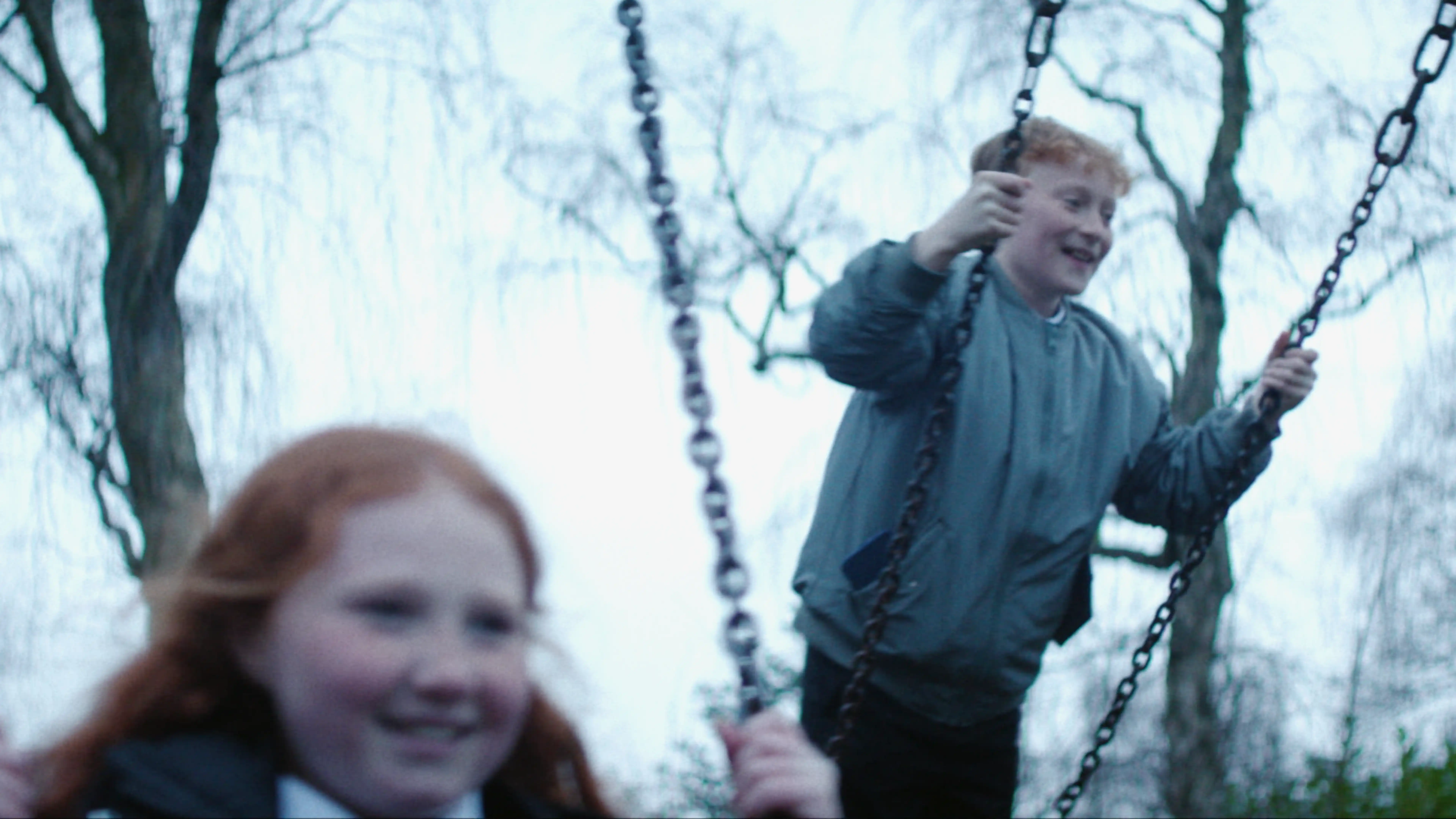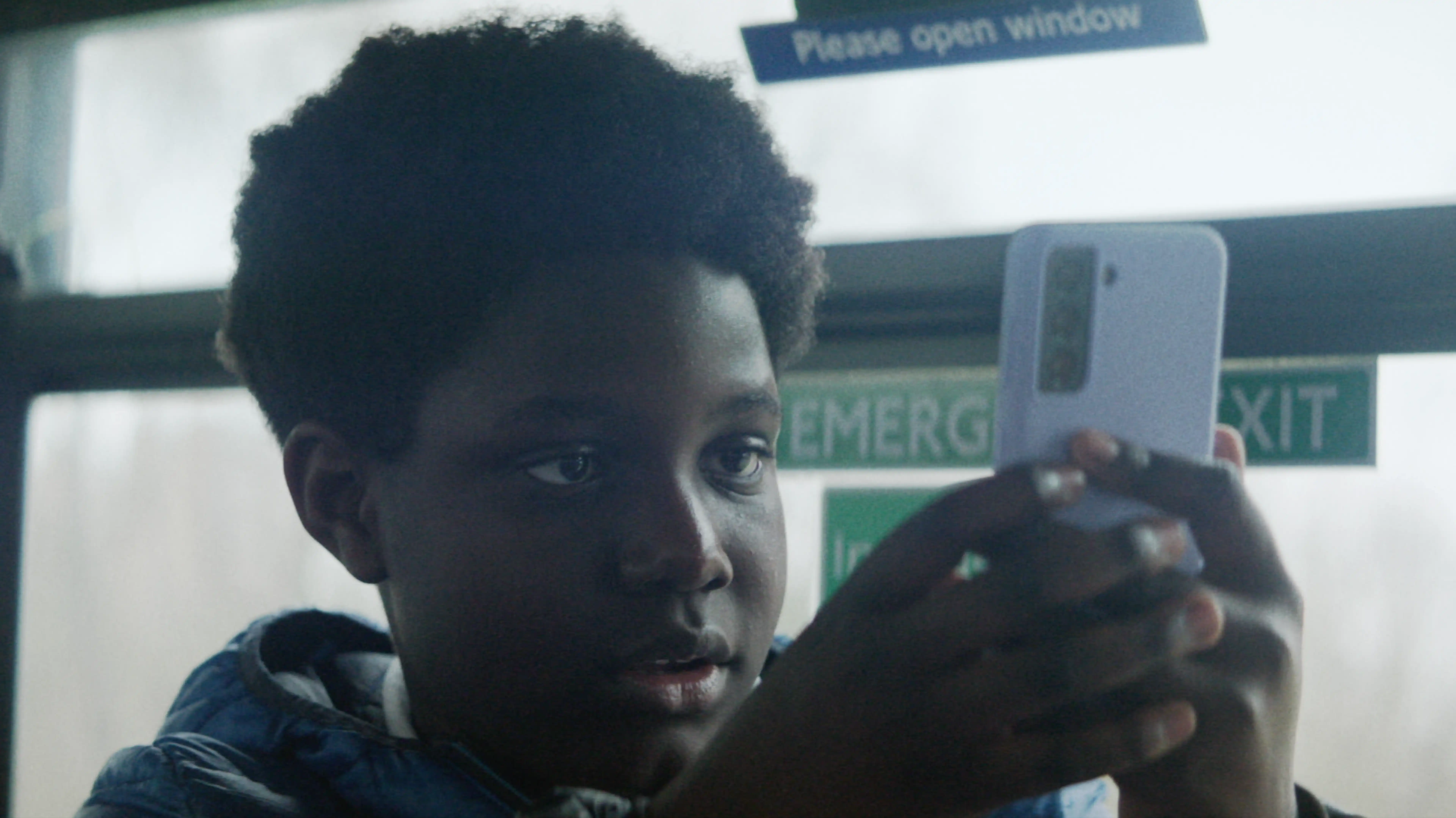Help your child establish a healthy offline-online life balance

As children get older, start senior or secondary school and take advantage of their independence, it's likely that they'll be spending a lot more time on their devices.
This isn't always a bad thing! Screen use provides a range of opportunities for creativity and learning - 70% of parents strongly agree that using devices is essential for their child's development. It's also a great tool to allow children to maintain relationships with family and friends and can be a source of inspiration.
However, spending too much time on devices increases the risk that they will be exposed to online issues and could also have a physical effect on their development such as their eyesight, sleep cycle, behaviour, lack of exercise and even their self-esteem.
All it takes to make sure your child's screen time doesn't fall into too much screen time, like all things in life, is moderation. Follow these top tips to set clear boundaries and give them strategies to stay safer online and find a healthy balance between their life on and offline:
Set boundaries to help them build good online habits
Children seek out rules to follow so it's best these come from you and not their peers. Set up a family agreement that you all sign up to, to manage expectations of what they should and shouldn't be doing online and a daily limit they should be using their device. These boundaries should help them prioritise sleep, face to face interactions and family time to strike a healthy balance.
Stay engaged in what they do online
The more you understand how your child interacts online and check-in with them about their interest and challenges online, the easier it will be for them to come to you if they are concerned or worried about something.
Equip them with know-how to manage risks online
As children become more active online, have regular conversations with them about ways to deal with a range of risks that they may be exposed to such as seeing inappropriate content or being cyberbullied.
Give them the space to become digitally resilient
As they get older and more confident in their digital world, it's important to encourage them to be more responsible and aware of how their screen use can impact them and others.
Encourage them to review when and how they use their screen time with tools
Often a sign that a child is spending too much time on screens is when they may feel anxiety or stress if they are disconnected or separated from their phone. Lack of sleep and exercise and no willingness to visit friends may also be a sign they need to take a break from their device. They will still need some encouragement to make changes to what they are doing and the amount of time they are spending but it's better that they start to discover and monitor this for themselves where possible.
Often a sign that a child is spending too much time on screens is when they may feel anxiety or stress if they are disconnected or separated from their phone. Lack of sleep and exercise and no willingness to visit friends may also be a sign they need to take a break from their device. They will still need some encouragement to make changes to what they are doing and the amount of time they are spending but it's better that they start to discover and monitor this for themselves where possible.
When it comes to finding the balance for your child's life online and offline, one size does not fit all. It's more about getting it right for your family's needs.
Help children balance screen time and adopt a healthy digital diet


